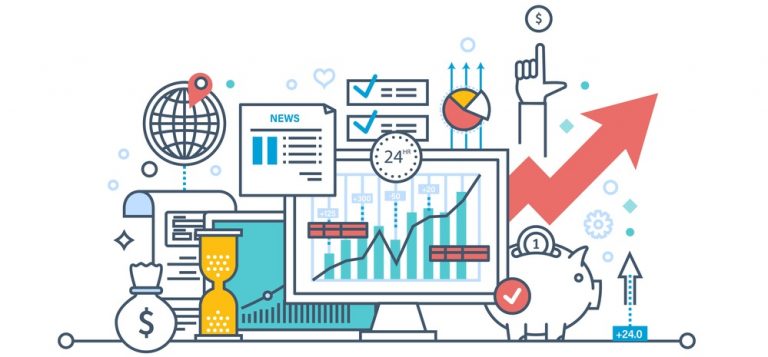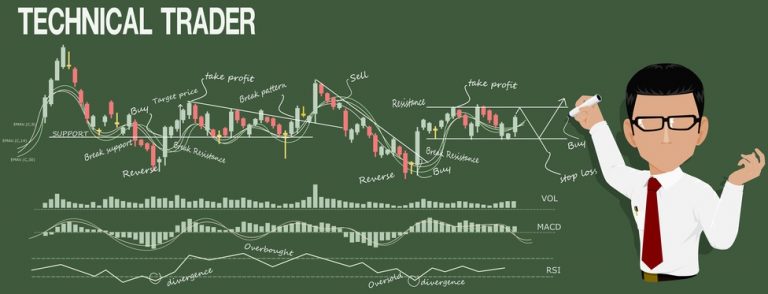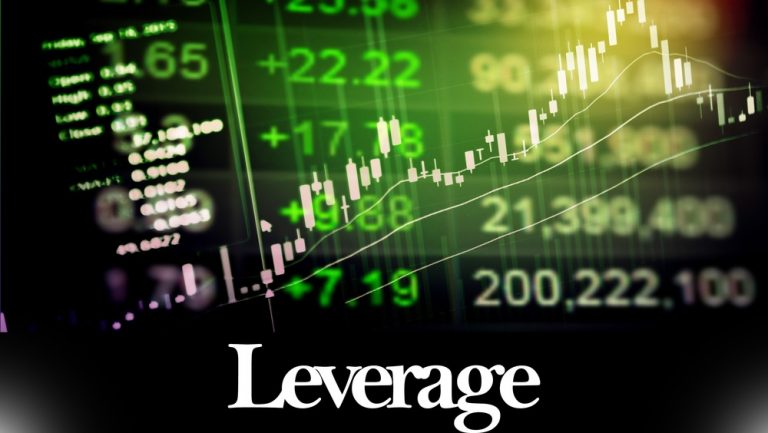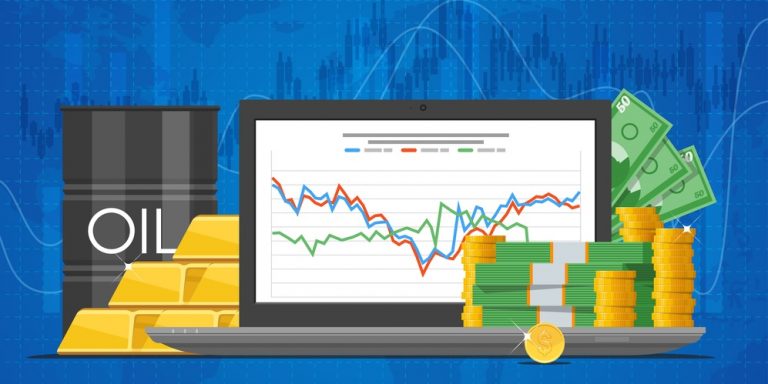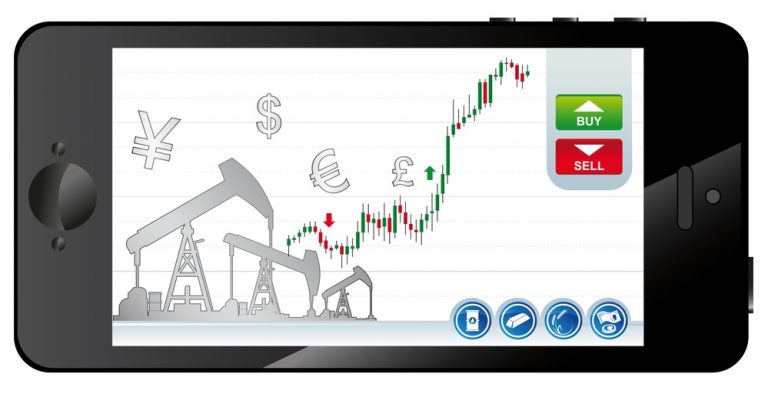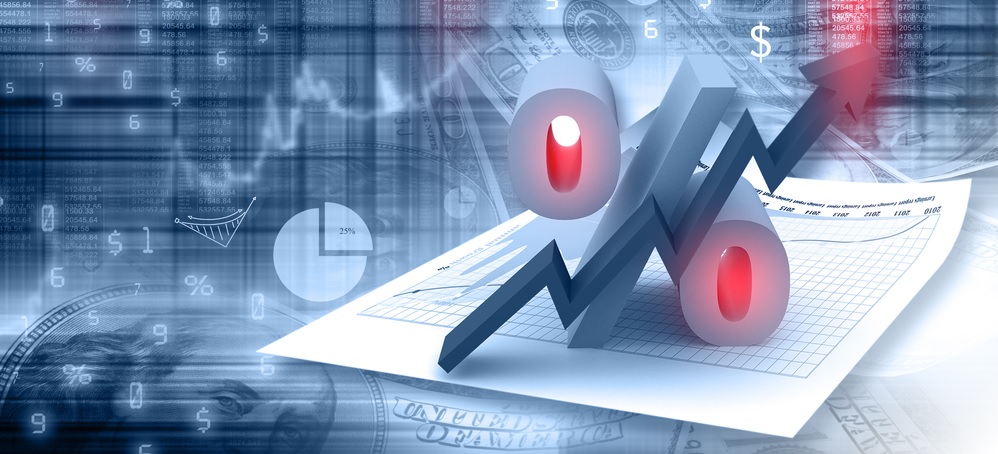
As a result of being largely broker organised and funded, CFDs can often trade on a range of indices that might otherwise only open their doors to more involved trading. Interest rates is one such area, where traders can invest on either side of the coin for a variety of global interest rates, applying economic indicators and goings on to identify like interest rate fluctuations over the course of a trade. Interest rates tend to respond directly to economic performance, given that they form a crucial tool in any government’s armoury for economic manipulation.
By identifying underlying issues which could cause national and inter-bank lending rates to rise, it is possible to take out CFDs on both long and short interest rate positions to capitalise on any movements in those rates.
How CFDs Help Trading on Interest Rate Flactuations
Without the help of CFDs and other, similar instruments, the only real way to trade on interest rates is to deposit and borrow from a variety of global banks, offsetting the difference wherever possible to bank a profit. The advent of contracts for difference on interest rates makes this a much too cumbersome process, instead replacing it with the ability to trade highly margined positions on interests rates through your CFD broker.
Interest rates merely indicate the rate at which money is to be lent, and the fluctuations in the figure represent either an increase or decrease in cost for lending services – usually expressed as a percentage. Interest rates take into account both the risk of making the loan, the demand for finance and a profit portion for the lender, and it is usually relatively transparent to forecast how interest rates will behave in relation to wider economic announcements and goings on. With a highly leveraged CFD position, this makes it possible to cash in on these very same price movements, with even small incremental changes likely to deliver a handsome return.
Trading interest rates with CFDs is often a comparatively lower risk alternative to other trading instruments, with interest rates usually far more stable, and far less volatile.
CFDs in this instance are used as a work-around to enable traders access to the interest rates markets which would otherwise be largely off-limits, but nonetheless provide a number of key advantages in leveraging positions and providing the flexibility you need as a trader to build interest rates trading into your wider portfolio.

